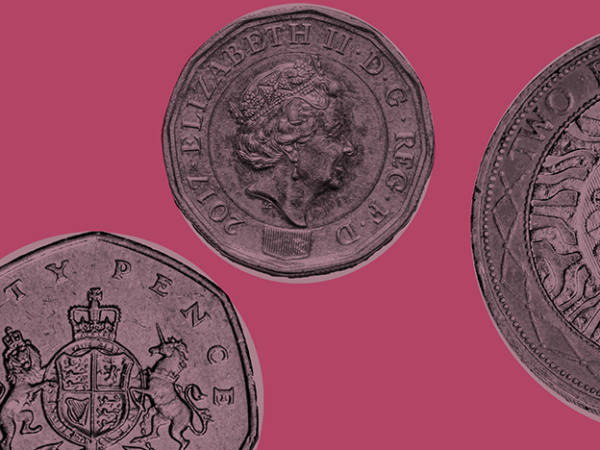Superficially, it seems that stock markets think not. There's been a close correlation between US inflation expectations and global share prices, implying that markets welcome the prospect of higher inflation. There are at least two reasons why they might. One is that inflation erodes the real value of debt and so helps improve the balance sheets of over-extended households, companies and governments. The other is that higher inflation can lead to higher inflation expectations. If so, people might bring their spending forward to beat the price rises, which would give the economy a kick-start.
For reasons such as these, market monetarists want governments to target money GDP instead of inflation – something which would, in the short-run, raise inflation.
However, there's general agreement that the rising prices we saw in 2011 and earlier this year were bad for growth, because they reduced real wages and hence spending. And there's some cross-country evidence which suggests that, on average, higher inflation depresses long-term growth.
All this seems rather contradictory. But there's a simple explanation. There are two sorts of inflation: good and bad.
"Bad" inflation is the sort we had in the 1970s and last year. It comes when a lack of supply or higher costs force up prices. "Good" inflation comes when increased aggregate demand raises prices.
Sadly, next year's inflation, like this year's is likely to be the bad sort. Unless oil prices continue their recent drop, it'll owe more to rising utility bills, higher food prices and the stagnation in productivity than to a pro-cyclical recovery in demand.
This poses a problem for policy. Inflation targeting, in its strict form, doesn't distinguish between the two. It says central banks should tighten policy in response to higher inflation, even if that inflation is bad for growth.
Luckily, we don't have strict inflation targeting. The Bank's remit permits deviations from the two per cent target because of "shocks and disturbances", and in targeting inflation two years ahead, the Bank can ignore short-term rises in food and utility bills when setting policy. In this sense, above-target inflation next year need not prevent the Bank undertaking more quantitative easing if it is needed.
Despite this, many economists think that above-target inflation makes it harder for the Bank to justify loosening policy, even if the inflation is of the bad sort. The consensus forecast is for no more QE next year, even though economists expect real GDP to grow by a meagre 1.1 per cent in 2013.
Herein, perhaps, lies a case for targeting money GDP growth rather than inflation. Insofar as doing so makes it easier for the Bank to ignore the wrong sort of inflation and ease policy in response to (temporary?) stagflation, it might help to stabilize output growth.











